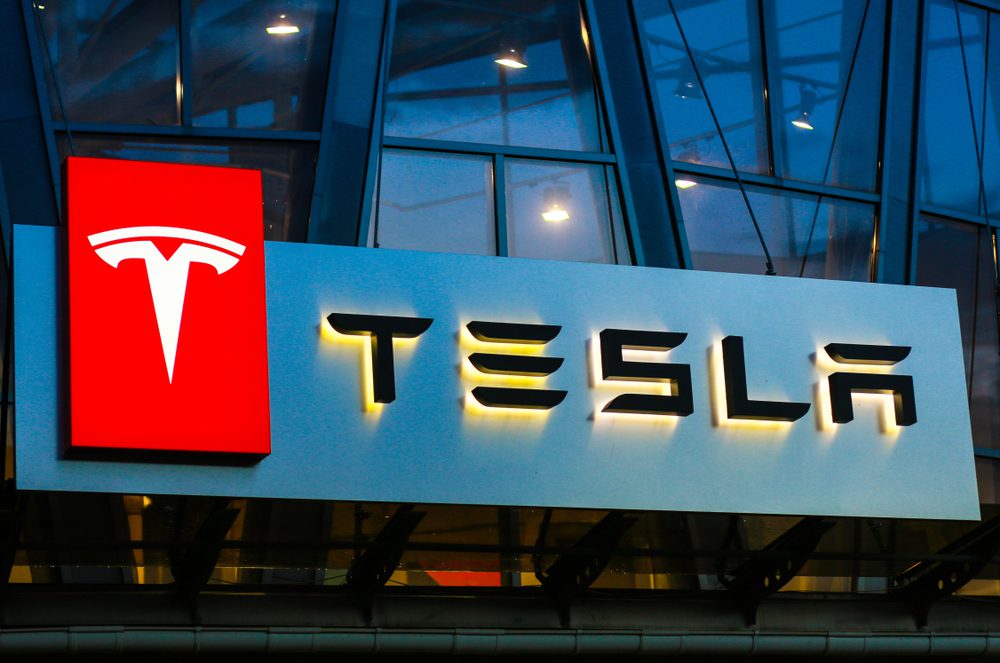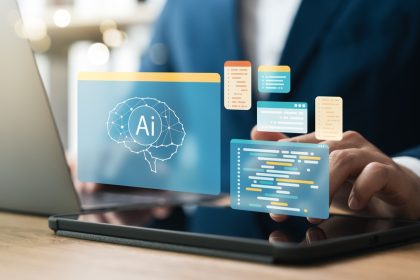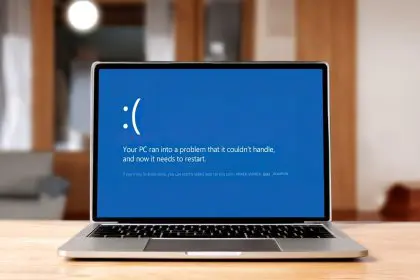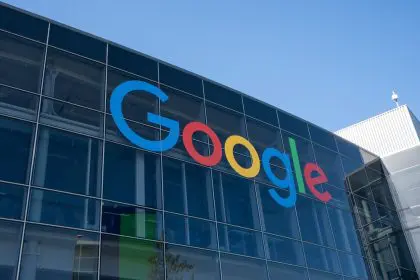Artificial intelligence systems are quietly transforming how companies screen resumes, conduct interviews, and make hiring decisions, promising to eliminate human bias and create more efficient recruitment processes. However, these AI tools often perpetuate existing discrimination patterns while making bias harder to detect and challenge, creating new ethical dilemmas that existing employment laws struggle to address.
The widespread adoption of AI in hiring has occurred with minimal regulatory oversight or public awareness, despite mounting evidence that these systems can systematically disadvantage certain groups while appearing objective and fair on the surface.
Algorithmic bias amplifies historical discrimination
AI hiring systems learn from historical data that reflects decades of workplace discrimination, essentially encoding past biases into seemingly neutral algorithms. When trained on resumes and hiring decisions from companies with poor diversity records, these systems perpetuate patterns that systematically favor certain demographics over others.
Machine learning models can identify proxy indicators for protected characteristics like race, gender, and age even when these factors aren’t explicitly included in the data. An algorithm might learn to associate certain names, schools, or zip codes with decreased hiring success, creating indirect discrimination that’s difficult to identify or prove.
The complexity of AI systems makes it nearly impossible for candidates to understand why they were rejected or to challenge algorithmic decisions. This opacity violates principles of procedural fairness that require people to understand how decisions affecting them are made.
Unlike human recruiters whose biases can be identified and addressed through training, algorithmic bias is embedded in mathematical models that most hiring managers don’t understand, making it difficult to recognize or correct discriminatory patterns.
Facial recognition and voice analysis raise privacy concerns
Video interview platforms increasingly use AI to analyze candidates’ facial expressions, voice patterns, and body language, claiming these metrics predict job performance. However, these technologies often perform differently across racial and ethnic groups, potentially creating systematic disadvantages for minority candidates.
Facial recognition systems have documented accuracy problems with darker skin tones and non-Western facial features, while voice analysis tools may discriminate against candidates with accents or speech patterns associated with certain backgrounds. These technical limitations translate directly into hiring discrimination.
The collection and analysis of biometric data during interviews raises significant privacy concerns, as candidates may not fully understand what information is being gathered or how it will be used. Many companies fail to adequately disclose their use of AI analysis tools during the interview process.
Requiring candidates to submit to algorithmic analysis of their appearance and behavior as a condition of employment creates power imbalances that may violate principles of informed consent and personal autonomy in employment relationships.
Standardization reduces human judgment and context
AI systems excel at processing large volumes of applications quickly but struggle to understand context, unique circumstances, or non-traditional career paths that human recruiters might recognize as valuable. This standardization can disadvantage candidates whose experiences don’t fit typical patterns.
Career gaps due to caregiving responsibilities, military service, or economic circumstances may be penalized by algorithms that interpret any deviation from standard career progression as negative indicators. This particularly affects women, veterans, and people from lower socioeconomic backgrounds.
The emphasis on keyword matching and quantifiable metrics in AI screening can favor candidates who understand how to game the system rather than those with the best qualifications. This creates advantages for people with resources to optimize their applications for algorithmic review.
Reducing complex human qualities to data points that algorithms can process inevitably loses important information about candidates’ potential, creativity, and cultural fit that contribute to job success but resist quantification.
Legal frameworks struggle with algorithmic accountability
Current employment discrimination laws were written for human decision-makers and don’t adequately address algorithmic bias or require transparency in AI hiring systems. Proving discrimination becomes nearly impossible when candidates can’t access information about how algorithms evaluate their applications.
The vendors who create AI hiring tools rarely disclose their methodologies or undergo independent auditing for bias, leaving companies and candidates unable to assess whether these systems comply with anti-discrimination laws. This lack of transparency makes legal challenges extremely difficult.
Some jurisdictions are beginning to regulate AI in hiring, but enforcement mechanisms remain weak and many companies continue using biased systems without consequences. The rapid pace of AI development outpaces legal frameworks designed to protect workers’ rights.
Class action lawsuits against companies using discriminatory AI hiring tools face significant obstacles in demonstrating systematic bias when algorithmic decision-making processes remain proprietary and opaque to outside scrutiny.
Solutions require transparency and human oversight
Companies should be required to audit their AI hiring systems regularly for bias and disclose their use of algorithmic decision-making to candidates. Transparency allows for accountability and enables candidates to understand and potentially challenge unfair treatment.
Human oversight should remain central to hiring decisions, with AI serving as a tool to support rather than replace human judgment. Final hiring decisions should always involve human review that can consider context and circumstances that algorithms miss.
Regulatory frameworks need updating to address algorithmic bias in employment, requiring companies to demonstrate that their AI systems don’t discriminate and providing candidates with recourse when bias occurs.
The development of ethical AI hiring practices requires collaboration between technologists, legal experts, and affected communities to ensure that automation serves fairness rather than perpetuating discrimination under the guise of objectivity.

















